46+ Real Estate Receipts
-
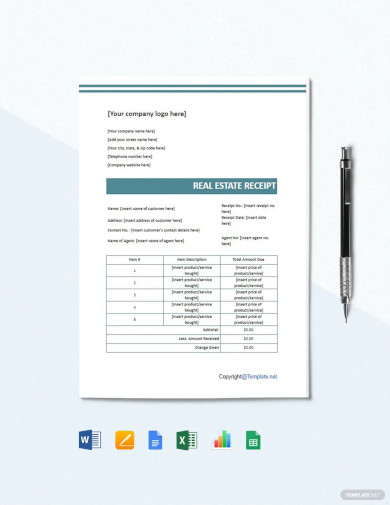
Real Estate Receipt Template
download now -

Simple Real Estate Receipt Template
download now -
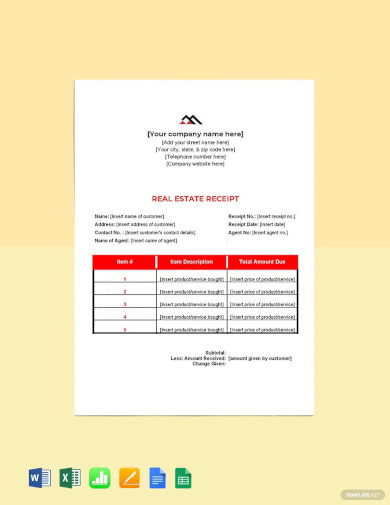
Blank Real Estate Receipt Template
download now -
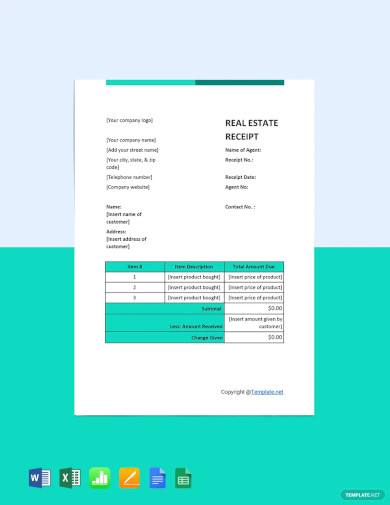
Sample Real Estate Receipt Template
download now -

Real Estate Broker Receipt Template
download now -

Real Estate Payment Receipt Template
download now -
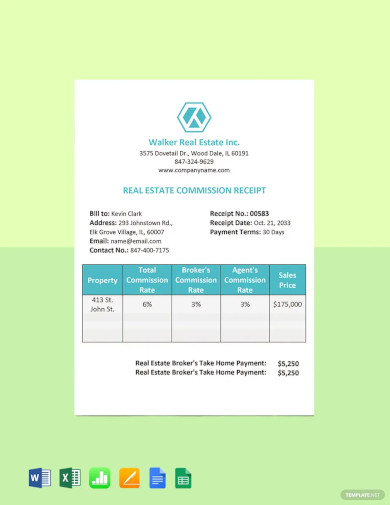
Real Estate Commission Receipt Template
download now -

Real Estate Rental Receipt Template
download now -
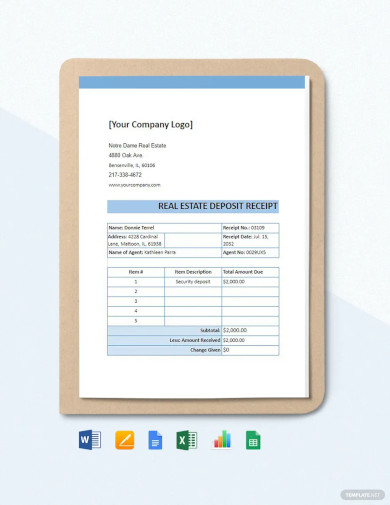
Real Estate Deposit Receipt Template
download now -
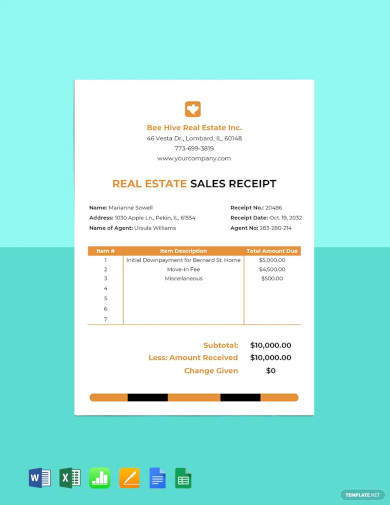
Real Estate Sales Receipt Template
download now -
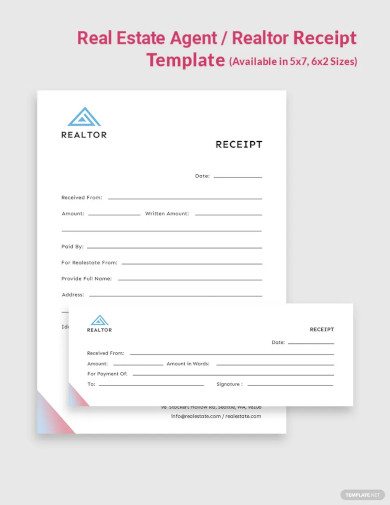
Real Estate Agent/Realtor Receipt Template
download now -
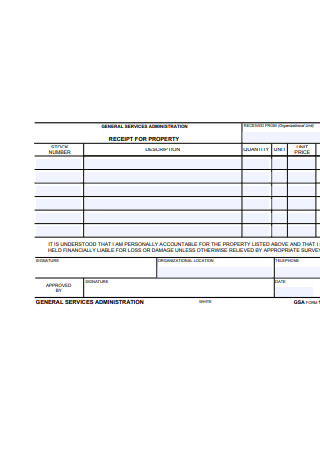
Real Estate Receipt Agreement
download now -

Printable Acknowledgement Real Estate Receipts
download now -
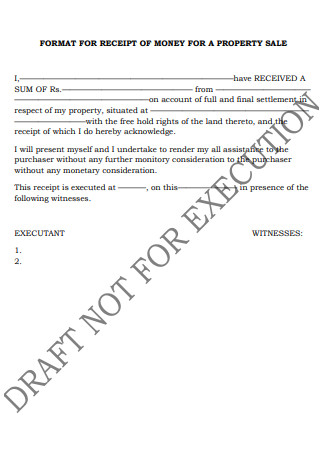
Property House Sale Receipt
download now -
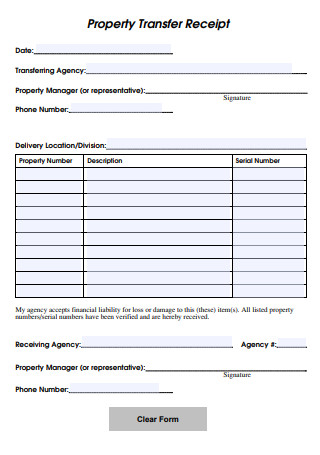
Property Transfer Purchase Receipt
download now -
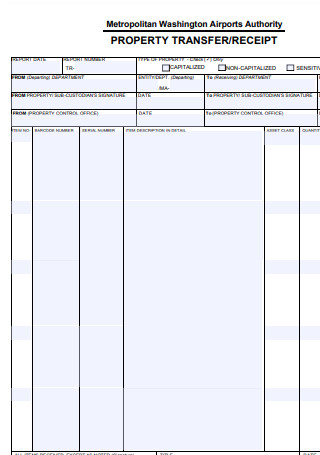
Property Official Transfer Receipt Sample
download now -
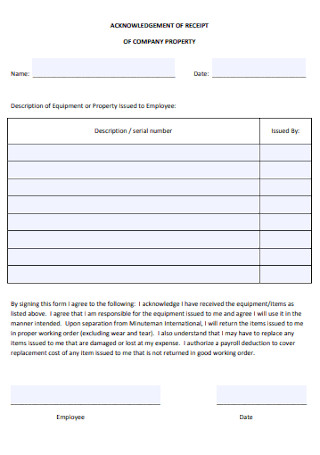
RealEstate Commercial Receipt
download now -
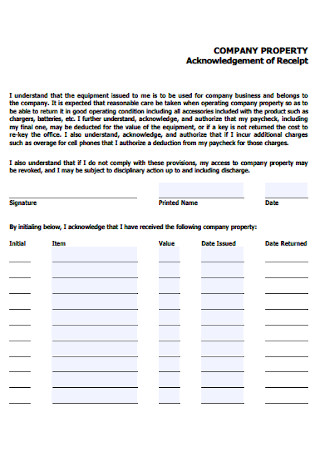
Company Property Voucher Receipt
download now -
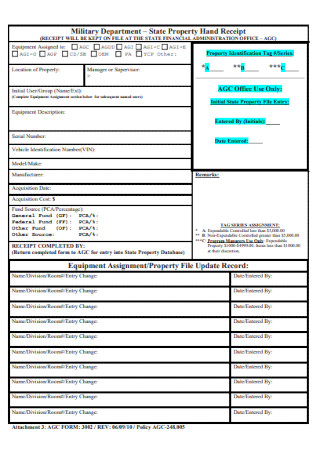
Real Estate Equipment Invoice Receipt
download now -
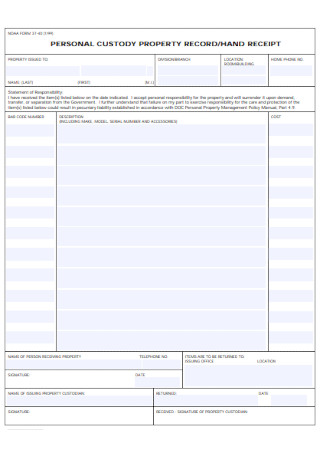
Real Estate Receipt Contract
download now -
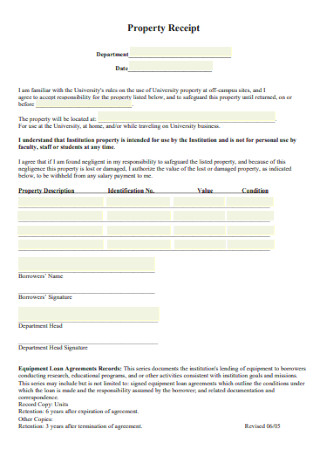
Basic landlord Real Estate Receipt
download now -
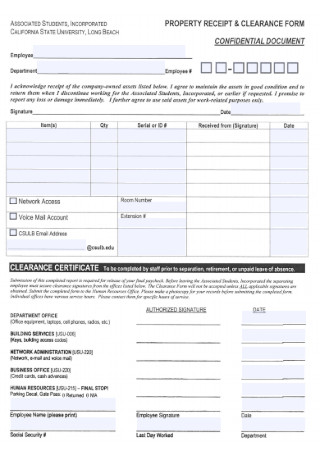
Real Estate Receipt Program Clearance Form
download now -
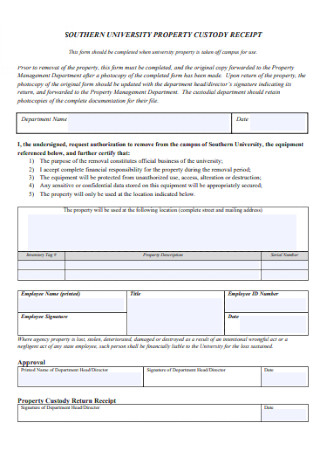
Real Estate Equipment Tenant Receipt
download now -
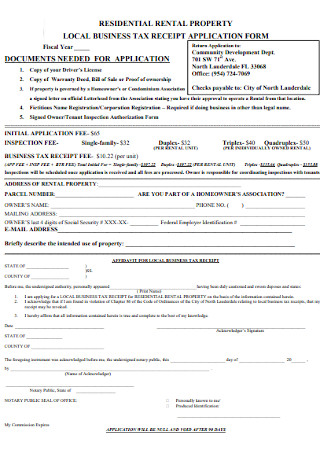
Business Real Estate Sold Tax Receipt
download now -
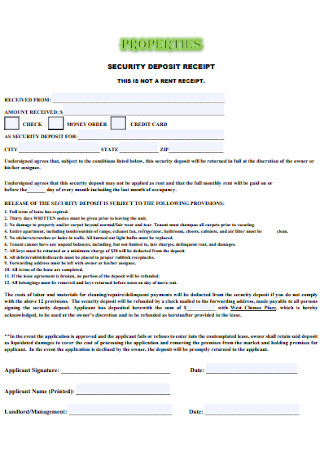
Real Estate Deposit Owner Receipt
download now -

Receipt of Property Lease Form
download now -
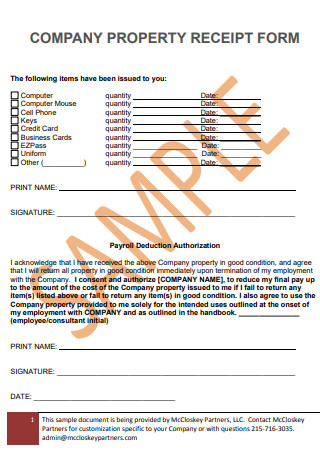
Company Real Estate Form
download now -
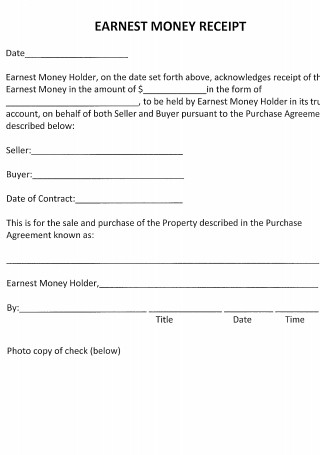
Sample Earnest Money Receipt
download now -
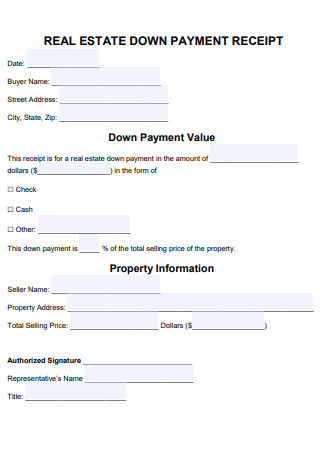
Real Estate Down Payment Receipt
download now -
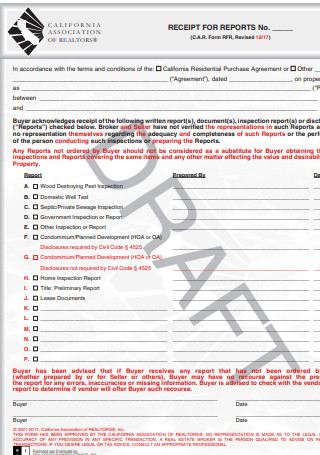
Receipt for Report Real Estate
download now -
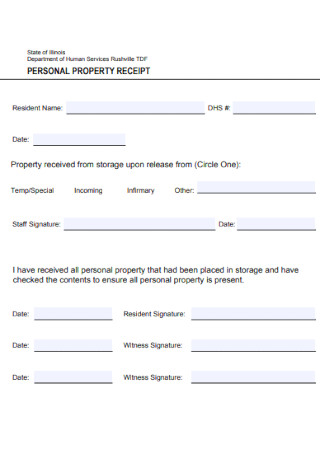
Personal Real Estate Receipt
download now -
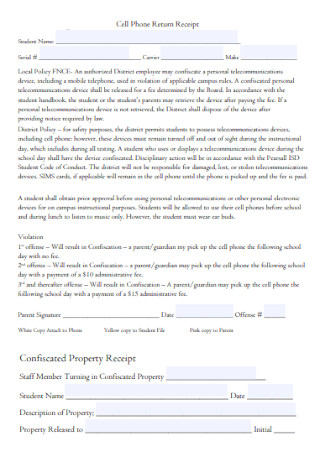
Cell Phone Property Return Receipt
download now -
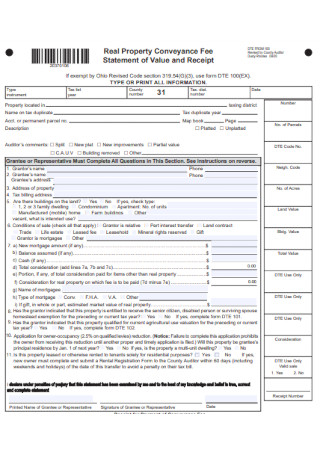
Real Estate Property Receipt
download now -

Company Property Acknowledgement of Receipt
download now -

Property Acknowledgment Receipt
download now -

Real Property Tax Receipt
download now -
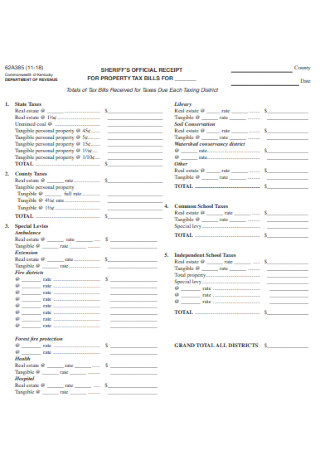
Property Bill Receipt Sample
download now -
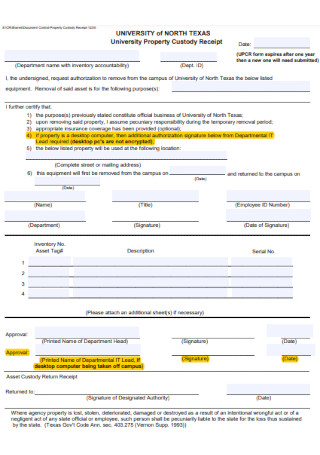
Real Estate Custody Receipt
download now -
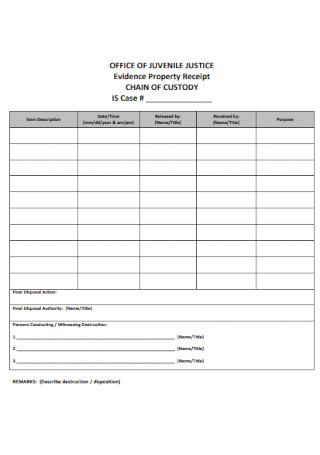
Real Estate Option Receipt
download now -
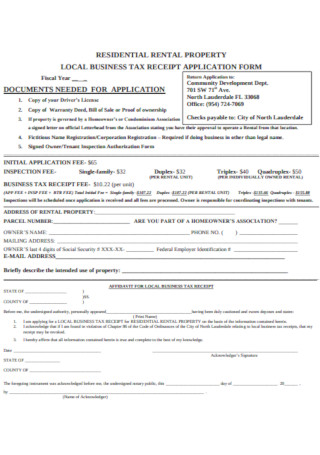
Residential Rental Property Receipt
download now -
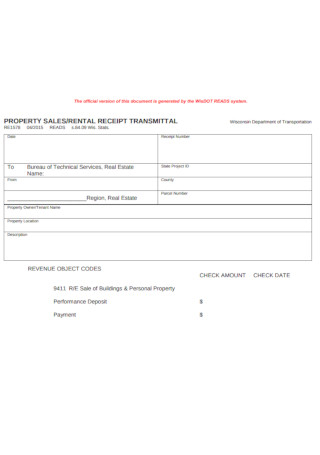
Rental Property Sales Receipt
download now -
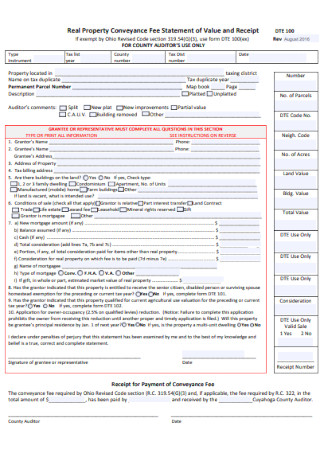
Real Property Conveyance Fee Receipt
download now -
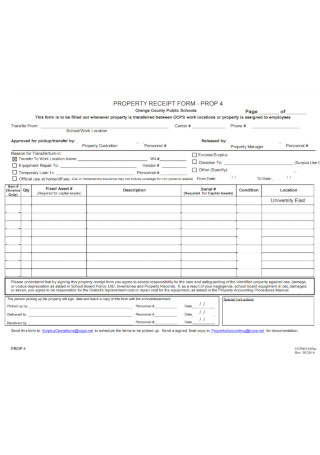
Formal Property Receipt Template
download now -
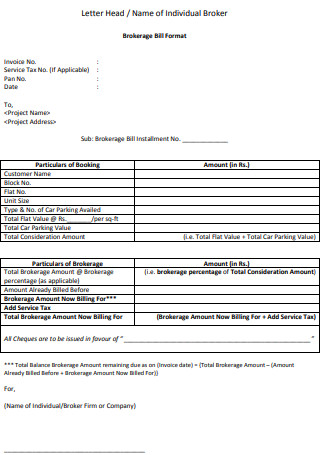
Brokerage Bill Format
download now -
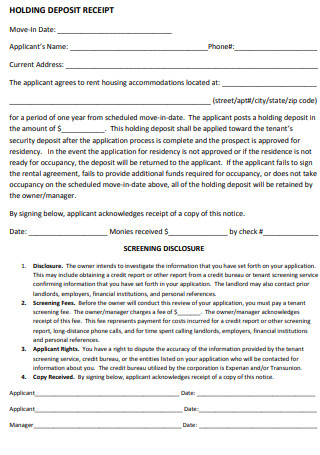
Holding Deposit Receipt
download now -
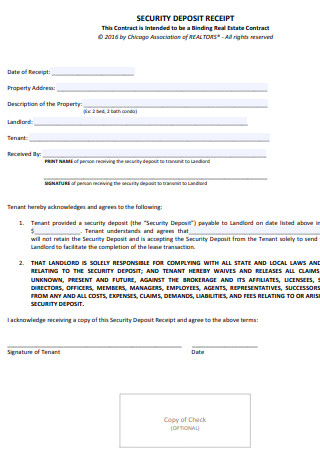
Security Deposit Receipt
download now
FREE Real Estate Receipt s to Download
46+ Real Estate Receipts
Real Estate Receipts: What Are They?
What Should You Include in Your Real Estate Receipt?
How to Make Real Estate Receipts Using a Template
FAQs
What is a deposit receipt?
What are the different types of receipts?
When to issue sales receipts?
Real Estate Receipts: What Are They?
Real estate receipts refer to a written, printed, or electronic document provided by property businesses when something with value has been received such as cash, real property, or even other documents. It can be a rent receipt, landlord receipt, or tenant receipt. Furthermore, it is common when a purchaser pays a seller and they must always get a receipt. For example, when a buyer of a certain real estate pays for the deposit fee, they will receive a receipt from the seller.
On the other hand, real estate receipts are not only applicable with transactions involving money. In fact, businesses that offer services related to real estate must issue a business receipt when they receive essential documents as well as collect receipts when they send out requirements to acknowledge those documents, such as title, contract, and deed, have been received.
Based on the latest statistics from the National Association of Realtors, 5.34 million existing homes and 682,000 newly constructed homes were sold in 2019.
What Should You Include in Your Real Estate Receipt?
In creating receipts, you should follow the canon of standard business practices, as with writing invoices alike. Truth be told, issuing a sale receipt can be a lot easier with the correct template than issuing an invoice. But the question is, what needs to be considered when creating a real estate receipt and why do they have to be created in the first place? In the list below, we will explain how to correctly issue a receipt and which obligatory details one should not forget. Let us take a look.
How to Make Real Estate Receipts Using a Template
Now that have you an idea of what to include if you are to make a real estate receipt, the next best thing to do is to put what you learned into real-life application. Indeed, there are so many ways to produce a receipt. However, out with old and in with the new and forget about doing your business receipt from scratch. Because the internet offers a variety of ways to get things, leverage from this and start looking for a reliable template source. But do not sweat it out because you have come to the right place. Check out our collection of ready-made receipt templates above and select the best one for you. For more templates, visit our website now and get the chance to enjoy exclusive perks if you sign up for any of our subscription plans. To make your receipt-making task, we listed some tips and tricks below.
Step 1: Send Payment Notification
Do not expect clients to automatically pay for an amount they do not know from where and how it came to be. Although sending a notification is not needed when a purchase happens on the same day as the payment. Mostly, invoices or billing statement comes before anyone can make payment. As much as you want to take time making a real estate receipt, do this too in sending out payment notifications. When a client receives this notification, it will remind them of their dues.
Step 2: Start Collecting Payment
After you have sent the bill or Sample Invoice, make a follow-up notification indicating that you will be collecting the payment at the agreed-upon date if there is any. Or you can provide the deadline in the invoice/bill. Either way is effective. Note how the client is going to pay their dues, whether in cash, cheque, or bank transfer. Knowing this helps you choose what receipt to use. Remember that each payment method should have different receipts to avoid complexity in the transaction.
Step 3: Choose a Template
At this point, you have almost everything you need to kick off the receipt-making task. The one last thing you lack is a template. If you are not convinced with the idea, you can start from scratch. But using a template can save you time. What else is better than that? We offer various printable templates, from business proposals down to marketing plans, that you can easily use. Just click the download button and it will be stored on your device. Then, modify your template based on needs and align this to your expectations too. Having a hard time? Refer to our list of what you should include in your receipt.
Step 4: Sign the Real Estate Receipt
Signing the real estate receipt only applies to the person providing it. If you are one, make sure to affix your signature together with your complete name. Doing this means you understand what is written in the document and everything in it is based on facts. Additionally, signing and indicating the receipt number make the receipt valid. This is a very important step to take because sometimes a receipt is needed in case of a legal dispute. Without a signature and the receipt number, any issued receipt is considered invalid. The last thing you would want is to waste your effort because of an ineffective receipt.
FAQs
What is a deposit receipt?
A deposit receipt is usually prepared by a title company, escrow company, or real estate brokerage. When a client pays an earnest money deposit, these entities will hand over a deposit receipt to them. The trend today is for a company or real estate agent to issue the deposit receipt.
What are the different types of receipts?
- Hotel receipt
- Restaurant receipt
- Monthly rent receipt
- Donation receipt
- Delivery receipt
- Service receipt
- Vehicle Receipt
- Grocery receipt
When to issue sales receipts?
Unlike an invoice, which is issued before payment and states what the customer potentially owes, a sales receipt can be issued anytime after payment has been received from the customer.
The real estate industry is not the only market that relies on the benefits of receipts. Many other industries, if not all, use receipt forms when payment is involved. Because of that, receipts have become an essential tool that plays a vital role in every business success and also in making sure you are on track with your finances.
